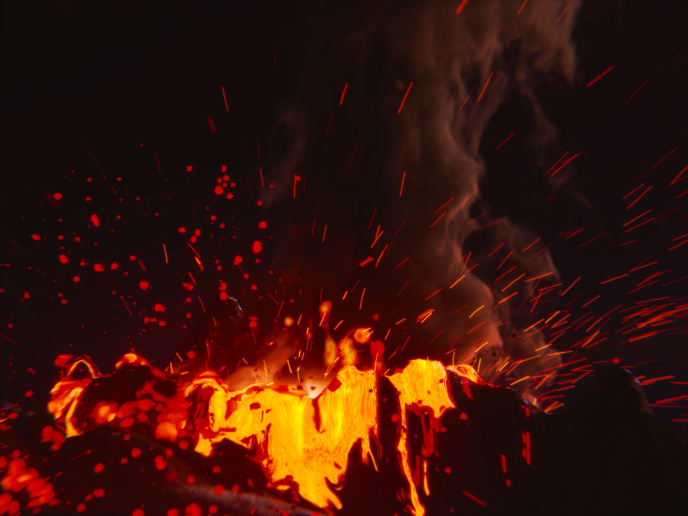In search of more accurate climate forecasts
European climate scientists have made significant contributions to support bodies such as the Intergovernmental Panel for Climate Change and instruments like the Kyoto Protocol. The CRYOSTAT project, involving 11 partners from across Europe as well as the United States and Australia, is a prime example. The focus was on the cryosphere and determining past atmospheric concentrations of trace gases relevant to climate change and the stratospheric ozone layer. The University of Reading, a CRYOSTAT partner, collaborated closely with other organisations to address inconsistencies in estimates of the global warming potential of fluorocarbon compounds. Specifically, the attempt was to quantify radiative efficiencies expressed in units of Watts per meter squared per ppbv (part per billion by volume). The spotlight was on species emitted from anthropogenic sources, including refrigerants like HFC134a, HFC23 and others. Both laboratory measurements and models were used to reach consensus on the radiative efficiency and associated error bars for a number of fluorocarbon compounds. Noteworthy departures from previous estimates were identified and rectified during the project. The results of CRYOSTAT, which have been published in scientific journals, could help instil greater confidence in predictions of the future state of the climate.







